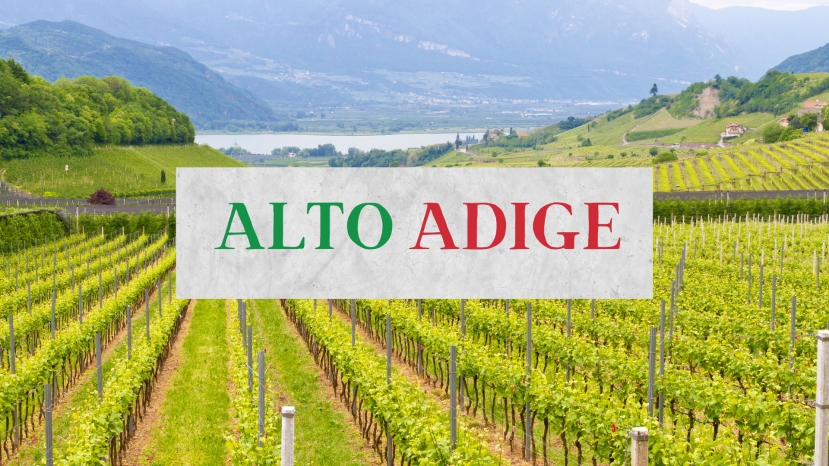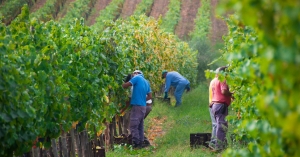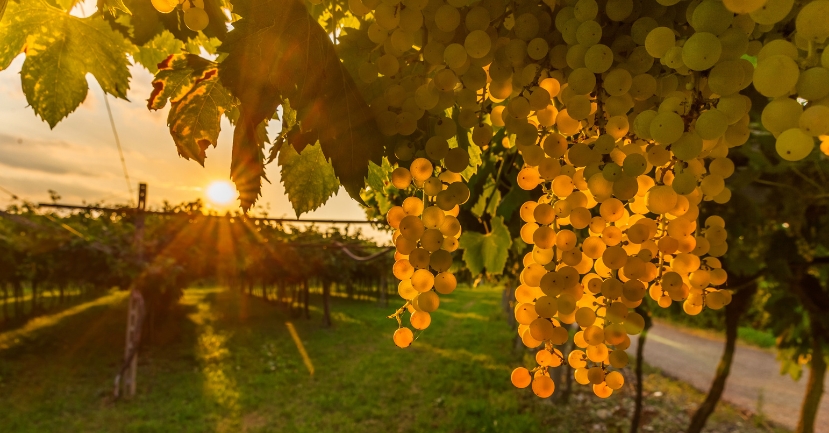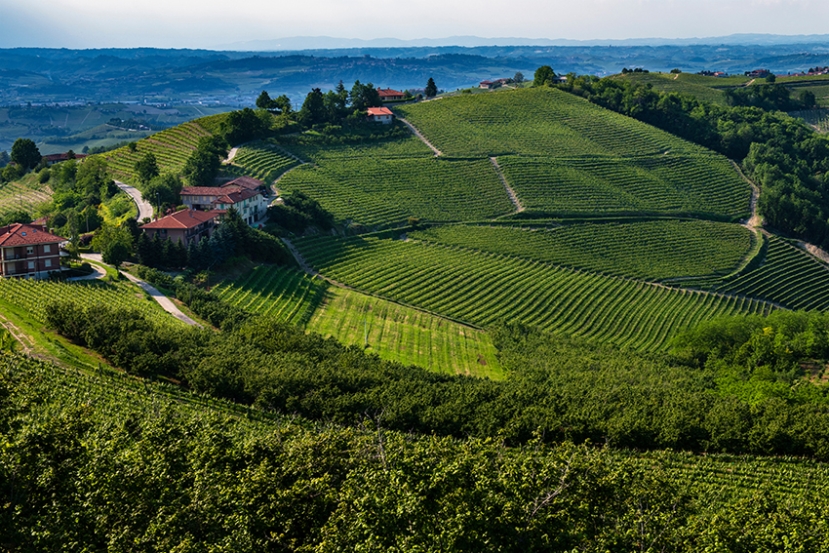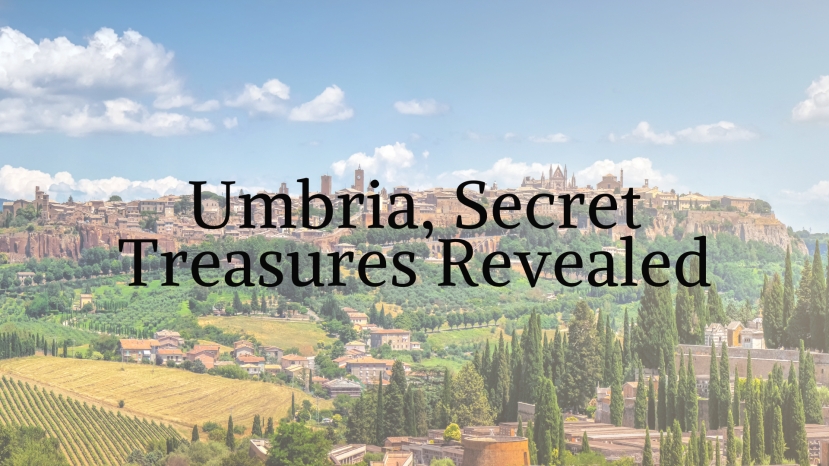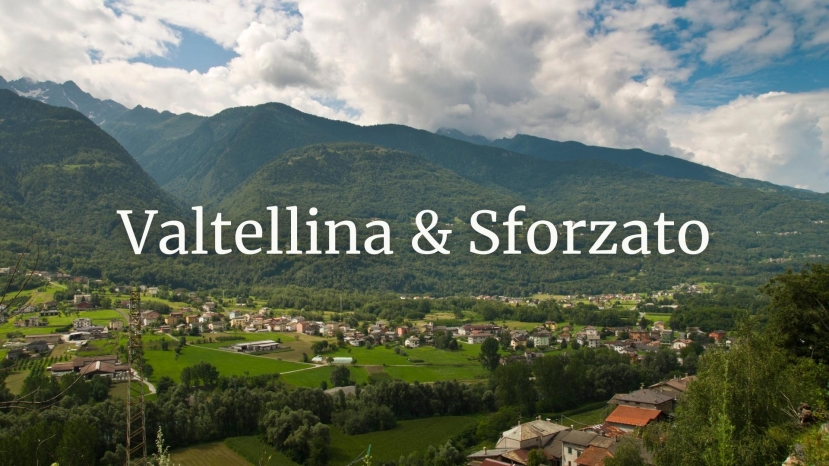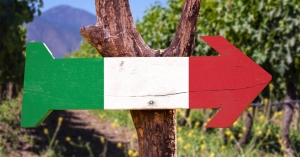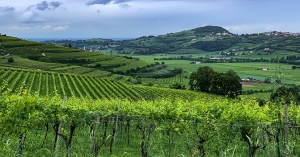BLOG
Italian Wine Regions
Summary:
Alto Adige is a land of spectacular contrast and diversity. Positioned in northeast Italy, on the sunny side of the Alps, it is an area where men and mountains have met for centuries. It is a frontier region; not just politically but geographically, climatically, and viticulturally. Winemaking here requires a special skill set.
Vineyards are planted from 200m to 1000m and experience huge diurnal swings in temperature, while alpine
I returned to Campania recently for the first time in three years and as with most Italian regions, discovered that not much had changed, at least as far as appearances are concerned. I did meet a few producers I hadn’t visited before, with one of them – Petilia – being a great new discovery for me. More on that below, but overall what impressed me most was the consistency of the wines, white and red.
In a country famous for red wine, Italy’s white wines are often overlooked. Although the country has gone global with a range of crisp, well-priced and crowd-pleasing whites, there’s plenty of seriously impressive Italian white wine waiting to be discovered.
When you think of Italy’s vast array of wine grapes, which one comes to mind as the most difficult to study? Maybe Nebbiolo, for its seemingly endless site-specific details? Or Sangiovese, simply because there is so much of it, in so many different forms? I would posit that Trebbiano is perhaps the most perplexing. For one, Trebbiano grapes appear in vineyards across the Italian peninsula. In the case of Trebbiano Toscano and Trebbiano Romagnolo, they are among the most widely planted white wine grapes in Italy. The potential for variability is astounding.
The Romans arrived in Piedmont during the 2nd century BC, establishing colonies in Eporedia, Derthona, and Augusta Taurinorum (Ivrea, Tortona, and Turin, respectively). These territories were strategically important—their locality to the Alps helped the Romans control northerly invaders. As was customary, the Romans settled and built roads, aqueducts, amphitheatres, bridges, and established towns and cities. They also planted vines but were not the first to do so here...
Summary:
Nestled between the Apennine and the Sub Apennine, Umbria is Known as the Green Heart of Italy and is apt, overflowing with extraordinary food and wine traditions! While often overshadowed by its famous, and wealthy neighbor to the West (Tuscany), Umbria has a rich culture in its own right.
A place where ancient meets maverick, and tradition meets modernity, Umbria welcomes both international, but
Summary:
In this live one hour webinar we will explore a very small but unique appellation in Italy which produces one of the best expressions of Nebbiolo.
An appellation where the Alpi Retiche mountains, climate and influence of the Adda River and Lago di Como play key role in the evolution of its wines.
Valtellina Superiore DOCG, its Subzones
Learning Italian wine inside and out can be a thrilling experience, but it can also be confounding. The wrinkles in Italian wine law are numerous, and staying on top of the latest modifications to DOC and DOCG regulations can feel as time consuming as the slow train from Naples to Sorrento.
Fortunately, we have Maurizio Broggi on our side. As Education Director for the Italian Wine Scholar® program, he stays in close contact with Italy’s innumerable consorzi to learn about trends in the vineyards and wineries, as well as changes to their regulations — all so he can keep our education materials up-to-date.
The wines of Valpolicella dance across the tongue with the same lift and loveliness as the name itself. Ideal with humble pastas as well as lighter red meats and game birds, it is well-suited to the table. As the more modest bottling of the Valpolicella region, it is largely (and unfairly) overlooked among Italian reds these days.
Valpolicella is the so-called “everyday” red wine of the eponymous production zone that is situated just north of the city of Verona, and extends west and east of the city. Other reds here include the iconic Amarone della Valpolicella as well as Ripasso, a wine made via a method of refermentation and remaceration, in which a Valpolicella is “repassed” over the skins of grapes used for Amarone.

